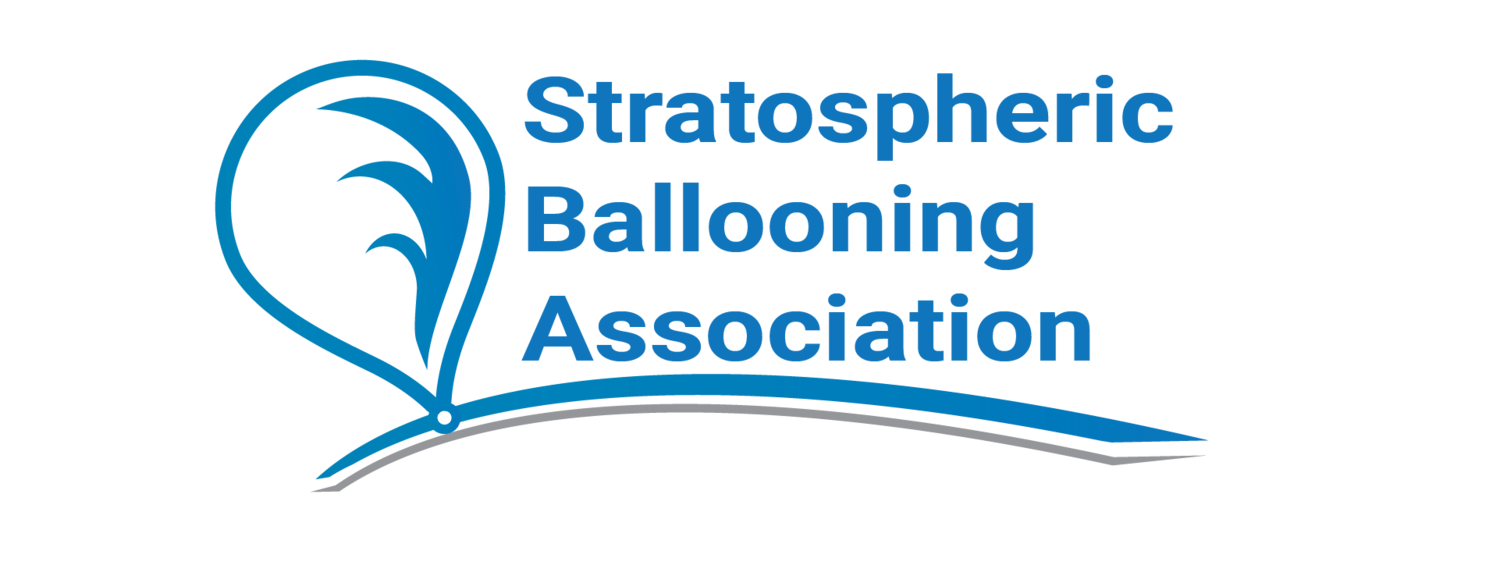Moderator
Dr. Angela Des Jardins, a solar physicist by training, is the Director of the Montana Space Grant Consortium and Montana NASA EPSCoR, and is an Assistant Research Professor of Physics at Montana State University. Montana Space Grant and NASA EPSCoR are programs that work to strengthen education and research in Montana in aerospace science and engineering. In addition, Angela is the innovator of the NASA Eclipse Ballooning Project, which engaged 55 student teams from across the country in sending live video (a first!) from high altitude balloons to the NASA website and NASA TV on eclipse day 2017. Angela’s mission is to use the ability of space to ignite the human sense of wonder.
Panelists
Randal (Randy) Larimer
Randal (Randy) Larimer, PE is an electrical engineer with over forty years of industry and educational experience, is a former adjunct Assistant Professor in the Electrical and Computer Engineering Department at Montana State University and is the current Deputy Director of Montana Space Grant Consortium (MSGC). Randy is Co-Director of MSGC’s high altitude ballooning program called BOREALIS and was the technical designer of the nationwide NASA Eclipse Ballooning Project. Randy’s mission is to engage, teach and mentor STEM students using high altitude ballooning platforms to help students be industry ready when entering the workforce.
Jennifer Fowler
Jennifer Fowler serves as the Assistant Director of NASA’s Montana Space Grant Consortium (MTSGC). She has run stratospheric ballooning activities out of the University of Montana since 2004. Beginning in 2015 she began focusing on atmospheric gravity wave measurements during total solar eclipses using standard radiosonde payloads. Her team has since participated in the 2017 total solar eclipse in the US, the 2019 total solar eclipse in South America, and is scheduled to make measurements with teams from Kentucky, Idaho, and Oklahoma in December 2020 for another South American total solar eclipse.
David Gerson
David Gerson is a systems engineer and general problem solver. He was a propulsion development engineer and project manager at SpaceX and is now building new engineering tools for DARPA. While at Stanford, he co-founded the Global Space Balloon Challenge, an organization that coordinates for people around the world to fly balloons during the same window in time and collaborate on their projects through an online platform. David believes the upcoming eclipses are an amazing opportunity to get kids globally excited about STEM - both by actively participating in HAB projects and getting access to pictures and data from other organizations. Hopefully we can work together to do something amazing!
Jack Bryan
Hello all. My name is Jack Bryan, and I am the Head of Technical Operations at Sent into Space. At Sent into Space, we use sounding balloons to send cameras well into the stratosphere to capture stunning imagery of the Earth. We first filmed an eclipse in 2017 for the BBC using 6 modified action cameras to create a composite 360 video. We have come a long way since then and are looking to film an eclipse with our new camera technology including a 5.2k integrated 360 camera, and the worlds only space capable 8K Red Helium cinema camera.
Jason Krueger
In 2006 Jason Krueger started StratoStar and has been helping educators start academic high-altitude balloon programs, in order to implement Project Based Learning (PBL) within a school’s core curriculum. StratoStar provides educators with curriculum, training, software, and hardware including custom satellite-based balloon tracking with over-the-horizon commanding capability. Jason is a graduate of Taylor University and was mentored by Dr. Voss and Jeff Dailey in PBL and high-altitude balloon electronics development. StratoStar Programs around the country have over 1,000+ successful missions.
Jason’s Eclipse Idea: Teams develop opensource electronics, firmware and 3D printed design to allow anyone to float latex balloons hours during the eclipse to increase data collection and expand the launch window for teams.
Dr. Suzanne Weaver Smith
Dr. Suzanne Weaver Smith began her career working in aeronautics and space R&D at Harris Corporation in 1980. Her PhD (Virginia Tech, 1988) focused on vibration-based damage location for the International Space Station. Dr. Smith joined the University of Kentucky (UK) faculty in 1990. Over 30 years at UK, Dr. Smith has successfully led numerous research projects including industry partners and educational programs for students, illustrating her abilities to translate results to valued applications, economic benefit and meaningful student opportunities. Dr. Smith is the Emeritus Director of the NASA Kentucky Space Grant and EPSCoR Programs that provide research support and student fellowships across Kentucky. Her accomplishments and impact led to recognition as a National Science Foundation Young Investigator, college and university teaching awards, induction into the 2019 Kentucky Aviation Hall of Fame, and selection as a 2020 Fellow of the American Institute of Aeronautics and Astronautics (AIAA).
Connections to high-altitude balloon platforms started when Dr. Smith was the lead advisor on a NASA project (BIG BLUE Mars Airplane) using near-space experiments to demonstrate the feasibility of deployable wings for UAS extraterrestrial exploration. Through four successful student-led high-altitude balloon experiments, BIG BLUE provided systems-based experiential education to over 300 university students, placing more than 50 in the aerospace workforce. More recently, she also advised Kentucky student-led teams and hosted visiting teams of the impactful nationwide NASA Eclipse Balloon livestream event.
Her husband, Bill, is a Kentucky native and University of Kentucky graduate. He is a professor in the UK Department of Electrical and Computer Engineering. They have one daughter, Virginia, who is a PhD student in Aerospace Engineering at Virginia Tech.
